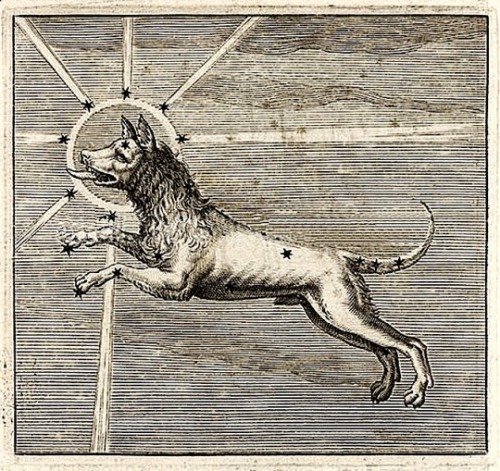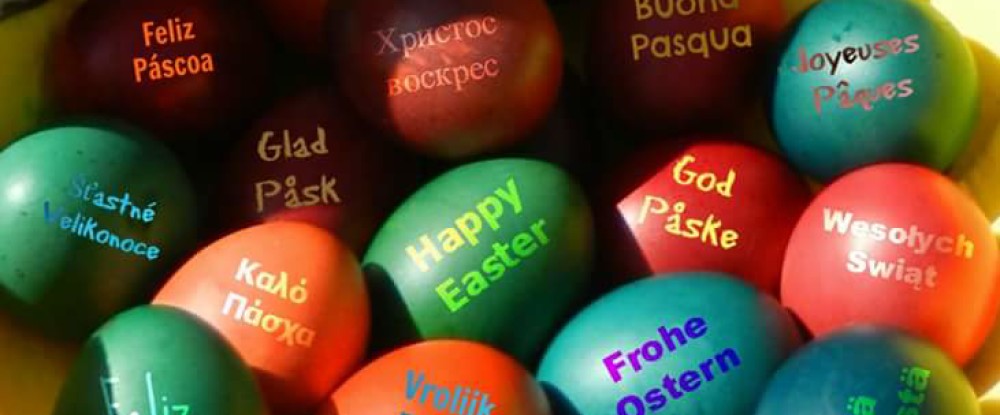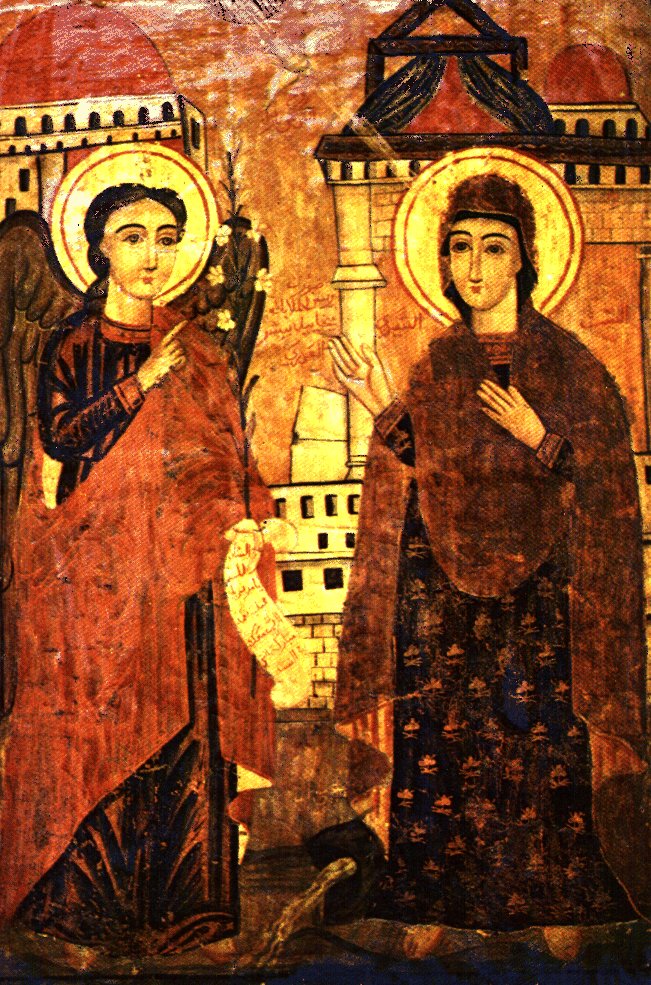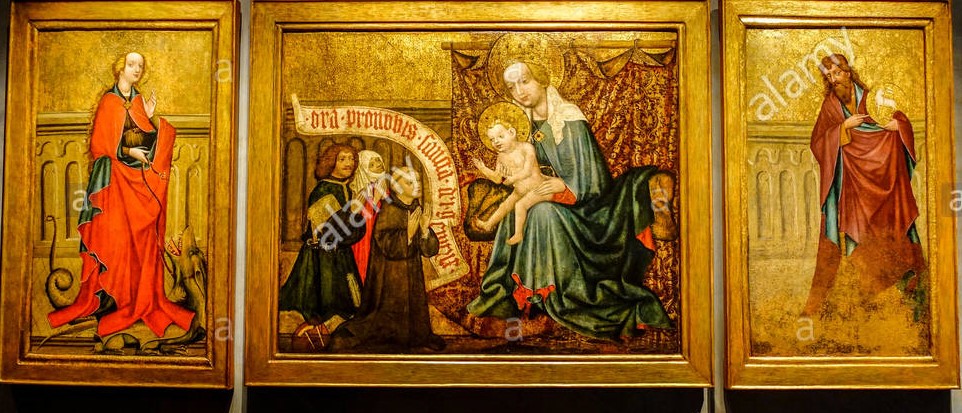
The star Sirius is part of the constellation called the “Large Dog” and is seen during the hot, sultry days of July and August.
The phrase “dog days” refers to the sultry days of summer, especially in mid-late July and August. The Romans referred to the dog days as diēs caniculārēs and associated the hot weather with the star Sirius. They considered Sirius to be the “Dog Star” because it is the brightest star in the constellation Canis Major (Large Dog); the association of the star Sirius with summer heat is found in an early Greek poem, Works and Days by Hesiod in 700 BC.
The Canis Major constellation was classically described as Orion’s dog. The Ancient Greeks thought that Sirius’s emanations could affect dogs adversely, making them behave abnormally during the long, hot “dog days.” The excessive panting of dogs in hot weather was thought to place them at risk of excessive dehydration and disease. In extreme cases, a foaming dog might have rabies, which could infect and kill humans whom they had bitten. For the ancient Egyptians, Sirius appeared just before the Nile’s flooding season, so they used the star as an indicator of the flood and associated the star with water and the wet condition of the land. Greeks and Romans, however, associated the appearing of the star with the summer wildfire season when dry fields of crops could easily be set afire by stray sparks. Their association with the star was not wet and watery but hot and dry.
Astrology associates the constellation Cancer with water and those born June 22-July 22 find it hard to achieve anything unless they feel safe and comfortable in their home lives. As such, they tend to be great at creating home environments for those that they love – both emotionally and physically. The constellation Leo (July 23-August 22) is associated with fire and those born during this period are considered theatrical and passionate people who love to bask in the spotlight and celebrate themselves. They are natural leaders.
Western Christian church calendars even noted the Dog Days. According to the 1552 edition of the The Book of Common Prayer, the “Dog Daies” begin July 6 and end August 17. The 1559 edition of the Book of Common Prayer indicates readings for July 7 and end August 18, the beginning and the end of the “Dog Daies.” This corresponds very closely to the lectionary of the 1611 edition of the King James Bible (also called the Authorized version of the Bible) which indicates the Dog Days beginning on July 6 and ending on September 5.


